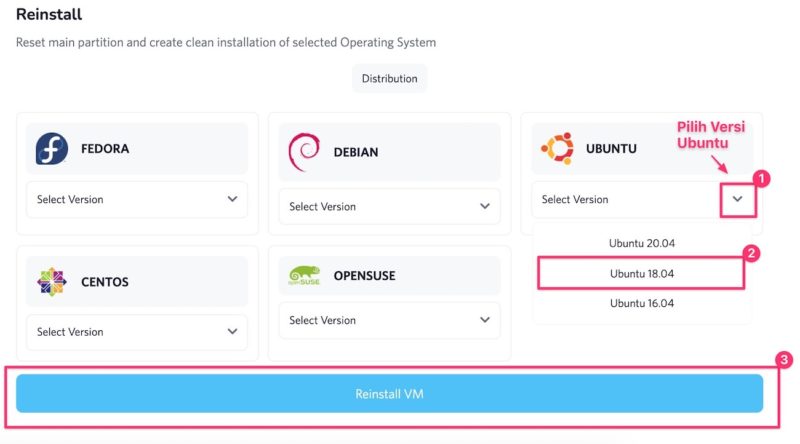

- STUNNEL OPENVPN UBUNTU HOW TO
- STUNNEL OPENVPN UBUNTU INSTALL
- STUNNEL OPENVPN UBUNTU SOFTWARE
- STUNNEL OPENVPN UBUNTU PASSWORD
- STUNNEL OPENVPN UBUNTU FREE
The following line specifies the private IPv4 network for OpenVPN. dh dh2048.pemĬhange it to: dh /etc/openvpn/easy-rsa/pki/dh.pem Then find the Diffie hellman parameters setting. ca /etc/openvpn/easy-rsa/pki/ca.crtĬert /etc/openvpn/easy-rsa/pki/issued/ The 3 lines specify the location of the CA certificate, server certificate, and server private key. Key server.key # This file should be kept secret proto udpĪdd a second directive to support IPv6. sudo nano /etc/openvpn/nfĪt the beginning of this file, you can find the following line, which enables UDP port on the server’s public IPv4 address. sudo cp /usr/share/doc/openvpn/examples/sample-config-files/nf /etc/openvpn/nfĮdit this file. Step 3: Edit OpenVPN Server Configuration FileĬopy the sample server configuration file. You will need to enter the CA passphrase./easyrsa sign-req client user01Įach VPN user should have their own certificate/key. Generate a certificate request for the user user01./easyrsa gen-req user01 nopass openvpn -genkey tls-auth /etc/openvpn/easy-rsa/pki/ta.key Create client key and certificate

Generate an OpenVPN static key to enhance SSL/TLS security. The server certificate will be created./easyrsa sign-req server Generate Diffie Hellman parameters./easyrsa gen-dh Use this subdomain as the common name./easyrsa gen-req nopass Replace with a real sub-domain for your OpenVPN server.

Generate a keypair and certificate request for the OpenVPN server. When asked about setting a common name for the CA, you can press Enter to choose the default name: Easy-RSA CA. You will be asked to enter a passphrase for the CA. Then create a certificate authority./easyrsa build-ca Initialize a public key infrastructure./easyrsa init-pki sudo make-cadir /etc/openvpn/easy-rsaĬhange to the /etc/openvpn/easy-rsa/ directory. As its name implies, it’s easier than openssl.įirst, run the following command to copy the /usr/share/easy-rsa/ directory to /etc/openvpn/. Instead, we can use the easy-rsa utility, which is installed in step 1. The openssl utility is widely used to set up a certificate authority, but its command line syntax is complex. However, Let’s Encrypt doesn’t issue client certificates, so we need to set up a private certificate authority for OpenVPN.
STUNNEL OPENVPN UBUNTU FREE
For example, Let’s Encrypt is a certificate authority that issues free TLS server certificates. To accomplish this, we need to set up a public key infrastructure (PKI), which includes:Ī certificate authority issues server certificates and client certificates. Each user will have their own certificate. To support multiple users, we need to use certificate authentication.
STUNNEL OPENVPN UBUNTU PASSWORD
OpenVPN supports password authentication (pre-shared key), but it’s very limited.
STUNNEL OPENVPN UBUNTU INSTALL
Sudo apt install -y openvpn openvpn-systemd-resolved easy-rsa Step 2: Set Up Certificate Authentication in OpenVPN Then use apt to install the openvpn package from the default Ubuntu repository. Step 1: Install OpenVPN Server on Ubuntu 22.04/20.04 Once you have a VPS running Ubuntu 22.04/20.04, follow the instructions below.
STUNNEL OPENVPN UBUNTU HOW TO

STUNNEL OPENVPN UBUNTU SOFTWARE


 0 kommentar(er)
0 kommentar(er)
